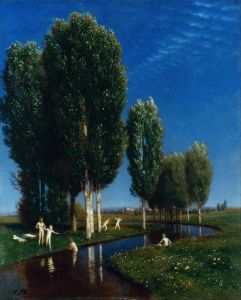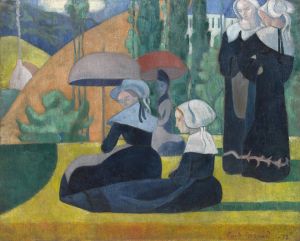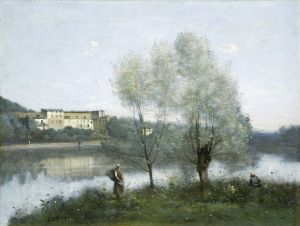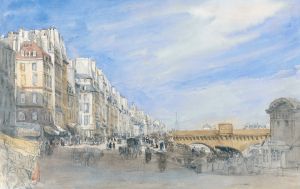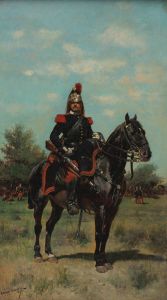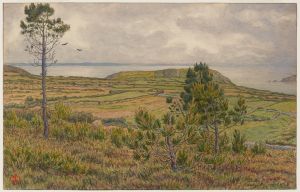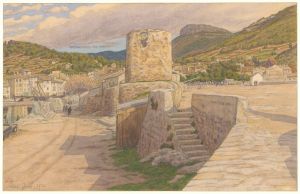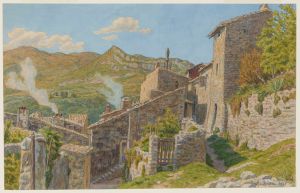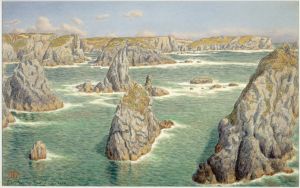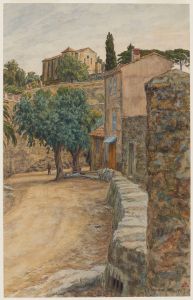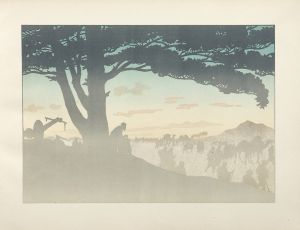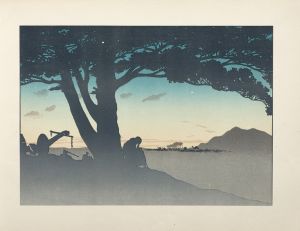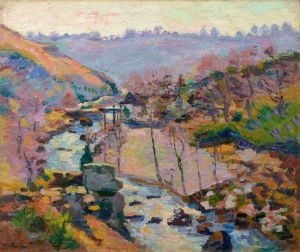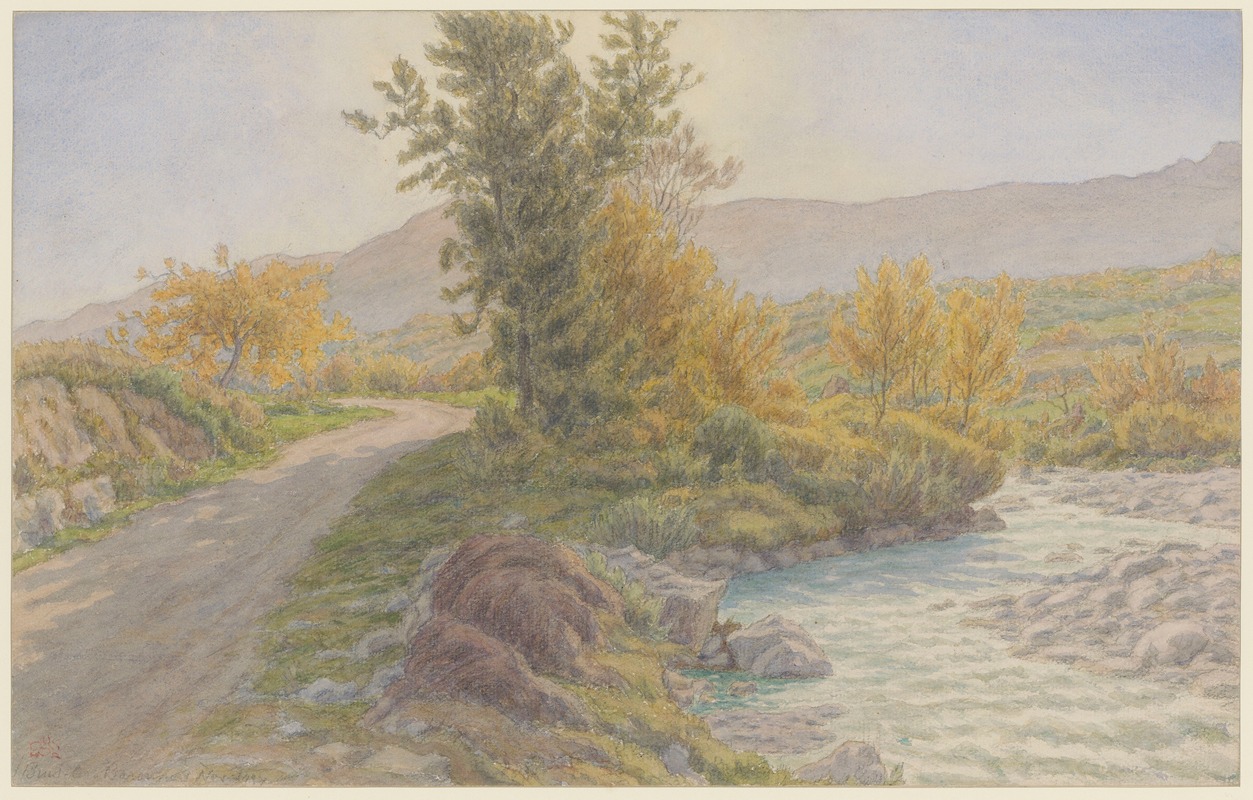
Buis-les-Baronnies, bords du Menon
A hand-painted replica of Henri Rivière’s masterpiece Buis-les-Baronnies, bords du Menon, meticulously crafted by professional artists to capture the true essence of the original. Each piece is created with museum-quality canvas and rare mineral pigments, carefully painted by experienced artists with delicate brushstrokes and rich, layered colors to perfectly recreate the texture of the original artwork. Unlike machine-printed reproductions, this hand-painted version brings the painting to life, infused with the artist’s emotions and skill in every stroke. Whether for personal collection or home decoration, it instantly elevates the artistic atmosphere of any space.
Henri Rivière (1864–1951) was a prominent French artist known for his contributions to the field of printmaking and his influence on the development of modern art in France. He is particularly celebrated for his innovative use of color and his ability to capture the essence of the French landscape. One of his notable works is "Buis-les-Baronnies, bords du Menon," which exemplifies his mastery in depicting natural scenes with a unique artistic flair.
"Buis-les-Baronnies, bords du Menon" is a work that reflects Rivière's deep appreciation for the French countryside. Buis-les-Baronnies is a commune in the Drôme department in southeastern France, known for its picturesque landscapes and rich natural beauty. The region is characterized by its rolling hills, lush vegetation, and the serene flow of the Menon River, which Rivière captures with a keen eye for detail and atmosphere.
Rivière's artistic style was heavily influenced by Japanese ukiyo-e prints, which he admired for their simplicity, use of color, and ability to convey a sense of tranquility. This influence is evident in "Buis-les-Baronnies, bords du Menon," where Rivière employs a harmonious color palette and a composition that draws the viewer into the serene environment of the French countryside. His use of line and color creates a sense of depth and movement, inviting the viewer to explore the scene further.
The work is a testament to Rivière's skill in lithography, a printmaking technique that he mastered and used to great effect throughout his career. Lithography allowed Rivière to experiment with color and texture, enabling him to produce works that were both visually striking and rich in detail. In "Buis-les-Baronnies, bords du Menon," Rivière's lithographic technique is evident in the delicate rendering of the landscape, capturing the interplay of light and shadow on the water and the surrounding foliage.
Rivière's contribution to the art world extends beyond his individual works. He was a key figure in the revival of printmaking in France during the late 19th and early 20th centuries, and his work influenced a generation of artists who sought to explore new techniques and styles. His ability to blend traditional French artistic elements with influences from Japanese art created a unique fusion that resonated with audiences and critics alike.
"Buis-les-Baronnies, bords du Menon" is not only a representation of Rivière's technical prowess but also a reflection of his deep connection to the natural world. His work continues to be celebrated for its beauty and its ability to evoke a sense of peace and contemplation. Rivière's legacy as an artist is marked by his dedication to capturing the essence of the landscapes he loved, and his works remain an important part of the canon of French art.
Today, Henri Rivière's works, including "Buis-les-Baronnies, bords du Menon," are held in high regard and can be found in various art collections and museums. They continue to inspire art enthusiasts and serve as a testament to Rivière's enduring impact on the world of art.





